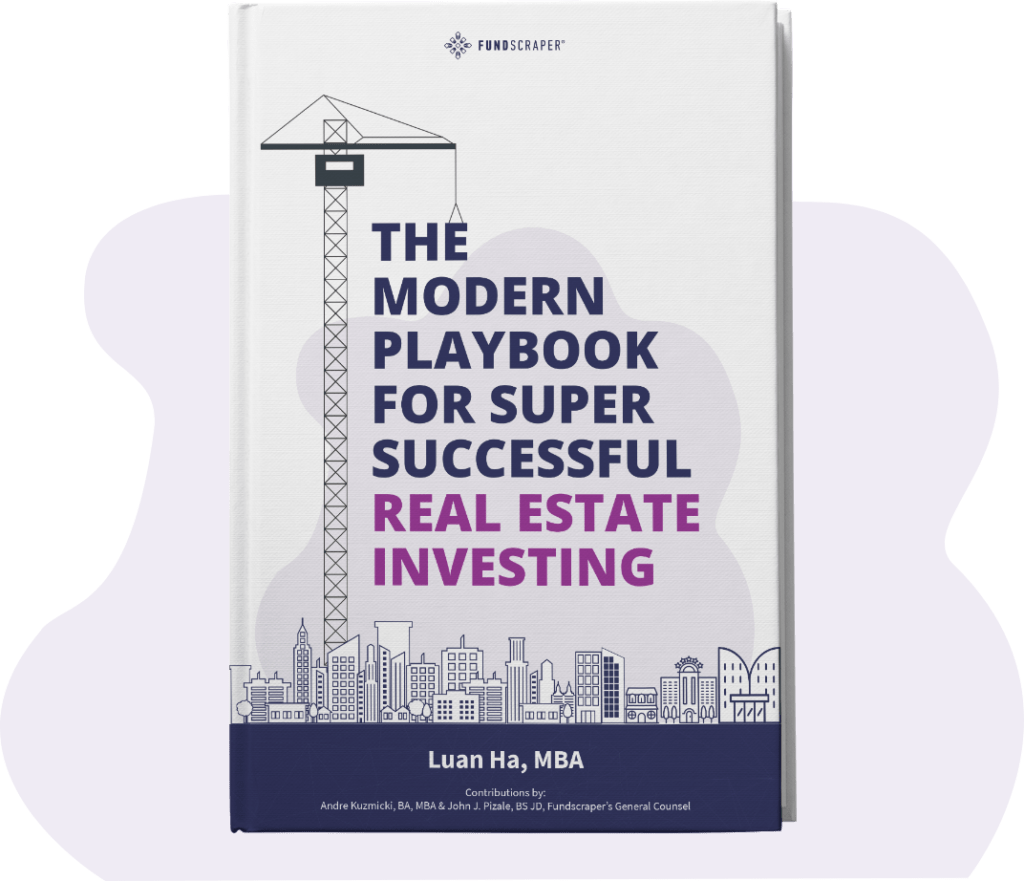Planning for retirement is a life-long process. Whether you’re 30 and just starting to climb the corporate ladder or you’re 80 looking to ensure you have the monthly income you require, you should be thinking about and planning for retirement. It’s never too early — or too late! — to save for retirement. Talking about money can be daunting, but we’re here to help.
Most people understand the importance of saving early, but many struggle with this question: How much money do I need to retire? Many factors determine how much money to save for retirement, which is why we recommend you speak to a licensed financial advisor to discuss your options. To get you started, here are a few things to keep in mind.
Key Points
- The 25x rule shouldn’t be the only tool in your financial toolkit, but it might give someone who has yet to start saving a ballpark figure to aim for if they intend to retire around age 65.
- There’s another major benefit to holding your retirement savings in a registered account that more investors should know about: You can use your registered funds to invest in real estate.
- Having asset-backed investments like real estate provides greater security and lower risk to your portfolio.
How much you should be saving goes directly to how much you think you will need to live on each year that you are not earning an income.
How much should I be saving now?
There’s no cut-and-dried answer to this question, but you can make an educated estimate. The 25x rule invites you to calculate how much you think you’ll need in a given year in retirement, then multiply that number by 25. The 25x rule shouldn’t be the only tool in your financial toolkit, but it might give someone who has yet to start saving a ballpark figure to aim for if they intend to retire around age 65.
(Expected Annual Retirement Expenditures) x 25 = Required Savings Amount
How much should I withdraw from my retirement funds when I retire?
Financial advisor Bill Bengen created the 4% rule in 1994. It recommends an individual withdraw 4% in year one of retirement and adjust the fraction in subsequent annual withdrawals to reflect the rate of inflation. Due to lower inflation, he recently revised his recommendation to the 5% rule. Lower inflation means investors can “safely” pull out more than the 4% rule. That’s good news for investors seeking passive income. (Source: The Creator of the 4% Rule for Passive Income Just Changed it!)
The Modern Day Playbook For Super Successful Investing
How can a smart, modern investor get in on the real estate investing action, especially since going on your own may require prohibitive amounts of capital? Most people do not have the requisite knowledge or expertise to invest in real estate on their own.
How can I save early and wisely?
The vast majority of Canadians use their RRSPs (Registered Retirement Savings Plans) to make contributions to their retirement savings, whether in an individual or spousal plan. RRSPs have many advantageous qualities for individuals planning their retirement, including:
- Contributions are tax-deductible – “RRSP Season” as we like to call it runs for the first 60 days of the year, just before “Tax Season.” During this time, you can make RRSP contributions with pre-tax dollars, allowing you to deduct RRSP contributions from your income each year. This provides immediate tax relief in any given year.
- Earnings are taxed sheltered – If you use your RRSP to invest, any earnings made are sheltered from taxation as long as they remain in the plan.
- Tax deferral – RRSP contributions and earnings will be taxed when you withdraw them. However, it is likely that upon withdrawal, your marginal tax rate will be lower than when you initially made the contributions.
There’s another major benefit to holding your retirement savings in a registered account that more investors should know about: You can use your registered funds to invest in real estate.
It’s important not to pigeonhole yourself into only investing in a handful of assets such as publicly-traded equities and bonds. This is where real estate can come into play! Many Canadians tend to focus their attention (and RRSP contributions) on a small handful of asset classes and are unaware that RRSPs can also be used to invest in:
- Canadian mortgages
- Mortgage-backed securities
- Income trusts
Having asset-backed investments like real estate provides greater security and lower risk to your portfolio.
Fundscraper has numerous real estate backed offerings that are eligible for investment with your registered capital (RRSP, RRIF, TFSA, etc.), helping you contribute to your retirement savings.
Start Investing in Real Estate Backed Investments Today
Explore the investments available on Fundscraper.










